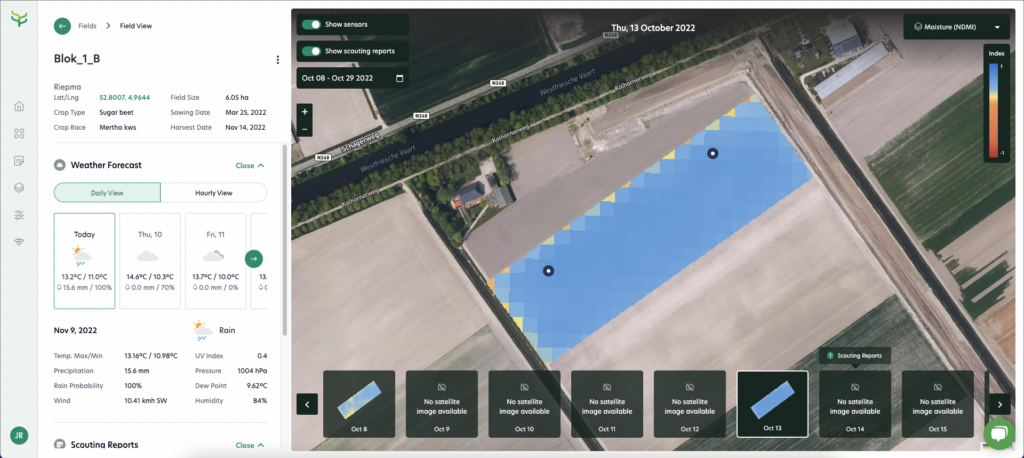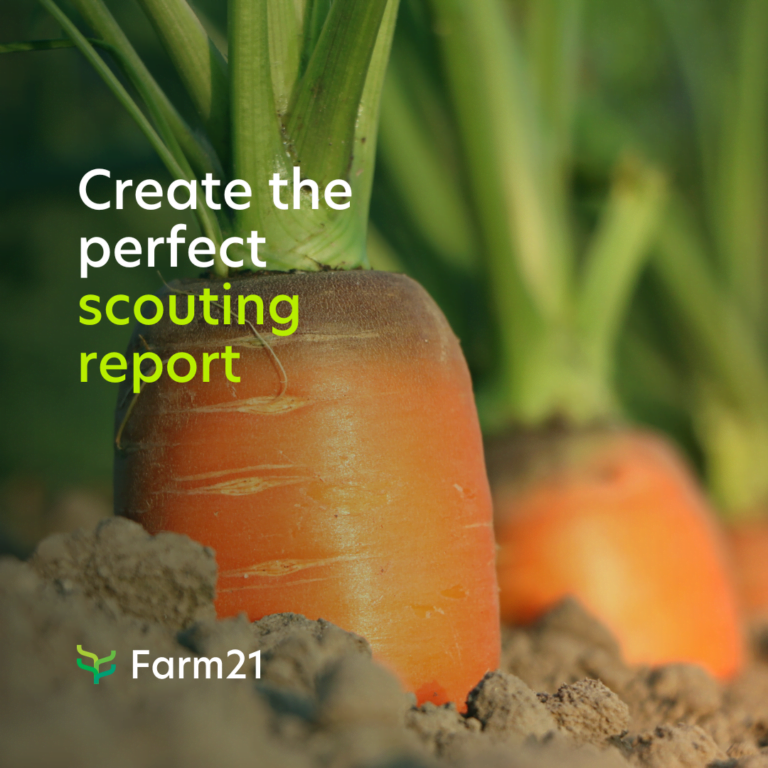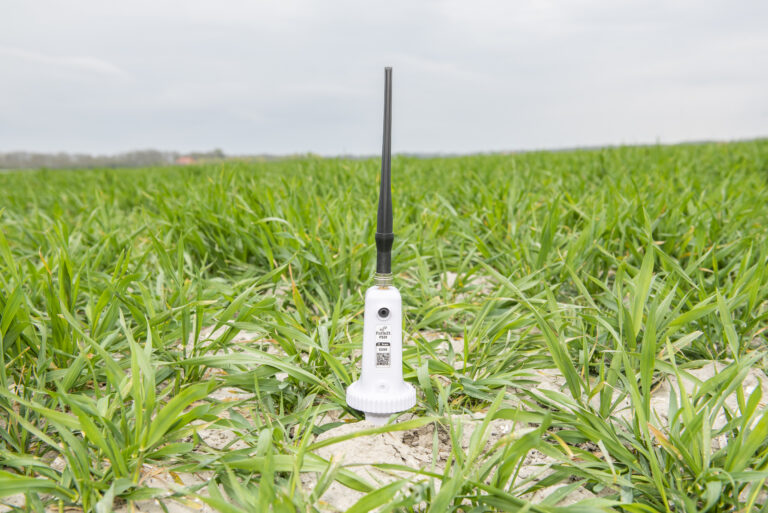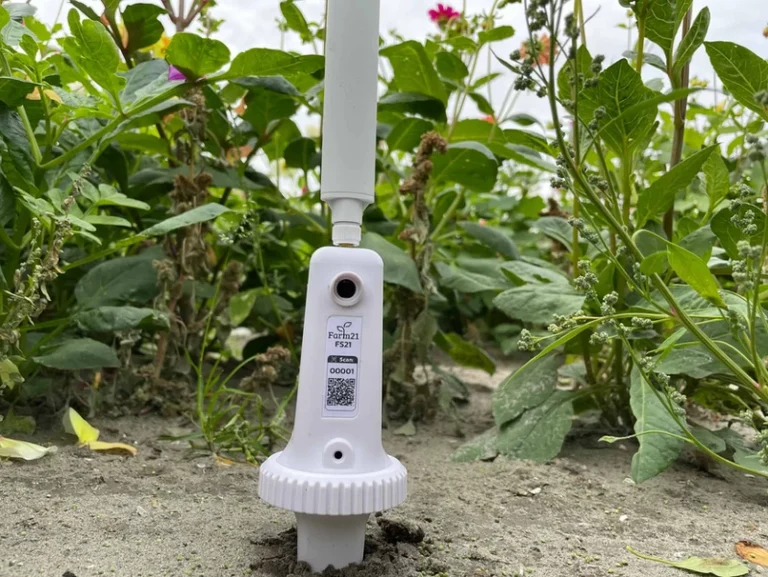Water Management Tools and Tips – Best practices, benefits and more.

In this blog, we unpack precise water management tools, tips, and best practices. We also explore the benefits of optimal water management. Read more to find out how smart farming technology can be implemented to save water and increase crop yields.
Optimising water usage has become more important than ever. Growers, crop advisors and researchers are constantly looking for ways to save water (and other valuable resources) while maintaining profitable yields. Fortunately, with the introduction of precision farming technology, water management has become easier and more efficient.
Why farmers are turning to precision agriculture tools to optimise water usage?
Farmers across the globe are implementing precision or smart farming technology to improve crop yields and save money. In fact, precision agritech has helped farmers in countries such as Australia, Canada, China, France, Germany, India, Italy, Japan, Mexico, New Zealand, South Africa, Spain, Sweden, Switzerland, Turkey, the United Kingdom, and the United States to achieve record crop yields.
Furthermore, the effects of climate change are forcing farmers to find innovative solutions to help cope with a lack of rain or unpredictable weather conditions. Some countries added new regulations on water use and farmers need to learn how to keep developing their crops with less water.
The advantages of precision water management
- It allows farmers to determine precisely when, where and how much water to apply, leading to water savings.
- It improves crop quality by keeping the growing conditions optimal or allowing intentional “squeezing” of some crop types in their growth phase.
- It reduces the risk of crop loss due to drought by providing early warning of impending droughts.
- It reduces the risk associated with extreme weather events by helping farmers prepare for these events.
- It warns farmers when over-watering can lead to crop damage.
Agricultural water management tools needed to make fact-based irrigation decisions
Through working closely with farmers, researchers, crop advisors and agricultural data analysts, Farm21 has developed an efficient agritech solution that helps users to optimise their farming operations. We provide the following water management tools to give our users accurate insights for better decision-making with regard to water management: :
1. Soil Sensors
Soil sensors are used to measure soil moisture content. With Farm21’s latest model, the FS21, it’s possible to get pinpoint accurate measurements of the soil moisture at 3 different depths (-10cm, -20cm and -30cm). Knowing the exact soil moisture percentages gives users the necessary insights to make fact-based irrigation decisions. Farm21’s solution is up to eight times more affordable than any other competing product, making it possible to deploy sensors at scale. What’s more, installation only takes thirty seconds and the battery lasts for a year on only one full charge. To find out more about our sensors, read here.
2. Satellite Data
There are various ways in which satellite data can be used to optimise water management. Among others, Farm21 gives users access to Normalised Difference Moisture Index (NDMI) imagery. NDMI detects moisture levels in vegetation using a combination of near-infrared (NIR) and short-wave infrared (SWIR) spectral bands. It is a reliable indicator of water stress in crops and helps users to take the necessary irrigation action.

3. Scouting App
The easy to use scouting app allows users to log, track and compare field insights. Data regarding water stress and irrigation needs can be shared for real-time updates, leading to proactive in-field actions. Download the app for free today.
4. Farm21’s Water Risk Assessment Tool
With Farm 21’s custom water risk assessment tool, we calculate the water retention curve of a specific soil type (as a combination of sand, silt, clay and organic matter percentages). This curve shows the relation between the soil’s moisture content and the crop’s water availability. Based on this, we determine if the measured water content is enough for the crop to grow well and healthy. As water availability becomes limited, the risk of moisture stress rises, which is translated into a risk level.
5. Data Platform
All the information from soil sensors, satellites and scouting as well as the risk assessment feature mentioned above is available on one central hub. With the Farm21 data platform, users now have easy access to a constant stream of field insights that is sent straight to a smart device. Everything you’ll need to implement precise water management is available all in one place. Explore our platform over here.
How users can practically benefit from better water management?
Dutch apple grower Martijn Slabbekoorn from Slabbekoorn Fruit, used Farm21’s soil moisture probes and data platform to optimise his irrigation regime for an increased yield. Martijn wanted to keep the soil tension around 70-80 KPa for optimal fruit growth. He calculated this to be 11% volumetric water content in sandy soil and 40% volumetric water content in loam clay soil. Pinpoint accurate data from the FS21 sensor meant he could maintain this through precise irrigation. Download the full case study here.
Check out our webinar recording
To find out more about precision water management tools and how you can get started, watch the free webinar (presented in Dutch, English and Spanish) over here.






